What Are Video Security Cameras?
The Ultimate Guide to Video Security Cameras Imagine being able to watch what’s going on around your home at all times, whether you’re at work, on vacation, or simply relaxing in your living room. That’s the power of video surveillance cameras. To put it simply, these are devices that use video footage to monitor certain locations. The captured content can be saved, reviewed, and streamed in real time via cellphones, PCs, or television monitors.
At their essence, video security cameras function as your digital eyes. They use image sensors to collect footage, which is then either stored locally or transmitted to cloud servers for remote viewing. Over time, these gadgets have developed from cumbersome analogue systems to sleek, high-definition smart cameras that work seamlessly with other home devices.
The primary purpose of these cameras is to prevent, detect, and provide evidence of any suspicious activity. These cameras are essential for both home and business security systems, whether they are used to prevent package theft from your porch or to track who comes and leaves from your office.
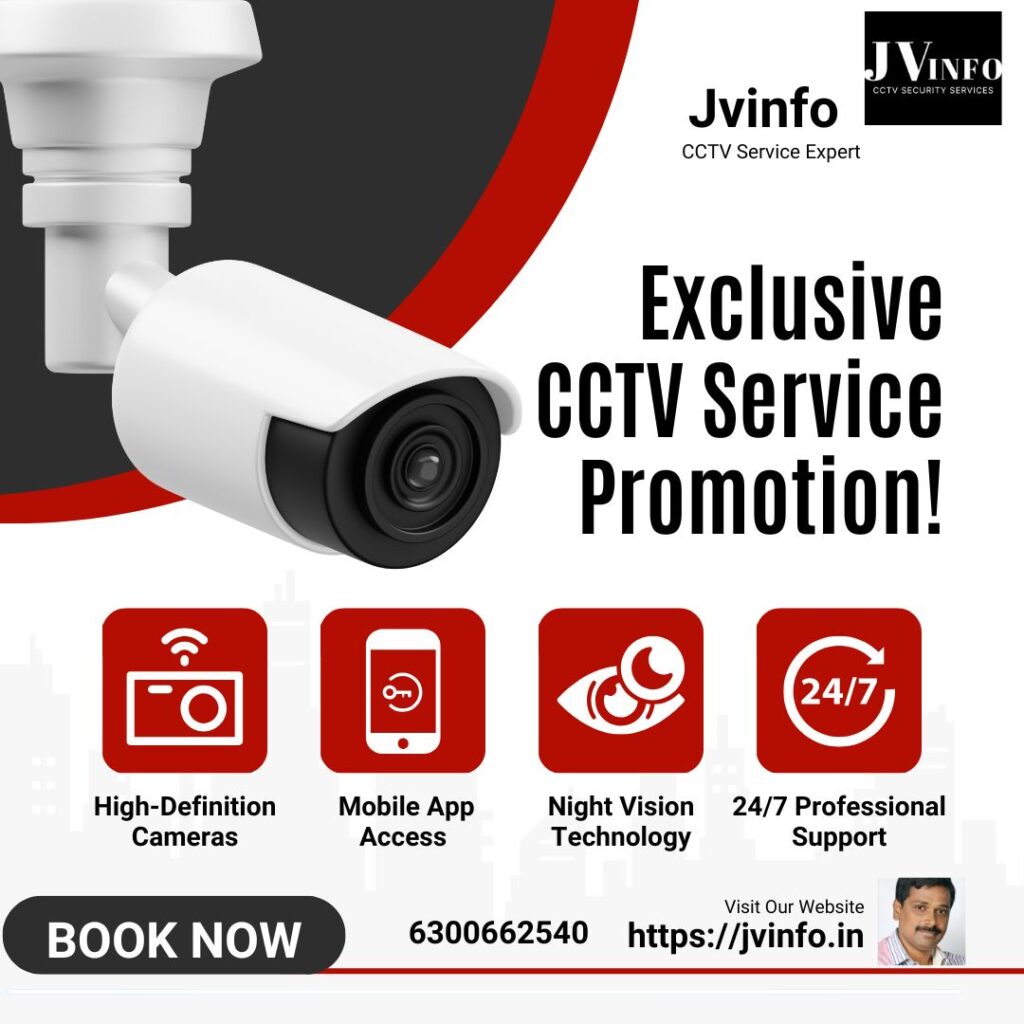
Why Are They Important Today?
In today’s fast-paced, security-conscious society, the necessity of video security cameras has grown dramatically. Crime rates in cities and suburbs, an increase in parcel thefts as a result of internet shopping, and a demand for remote monitoring have made surveillance systems almost essential.
Homeowners want to know their family is safe. Business owners must preserve their assets and maintain employee safety. Governments and institutions rely on them to ensure public safety. Even insurance firms encourage the usage of monitoring devices, occasionally granting reductions on rates.
The Ultimate Guide to Video Security Cameras These security cameras come in various types and features, allowing users to choose the best options for their specific needs. From high-definition video quality to motion detection capabilities, understanding the available technologies can help homeowners, business owners, and institutions make informed decisions about their surveillance systems.
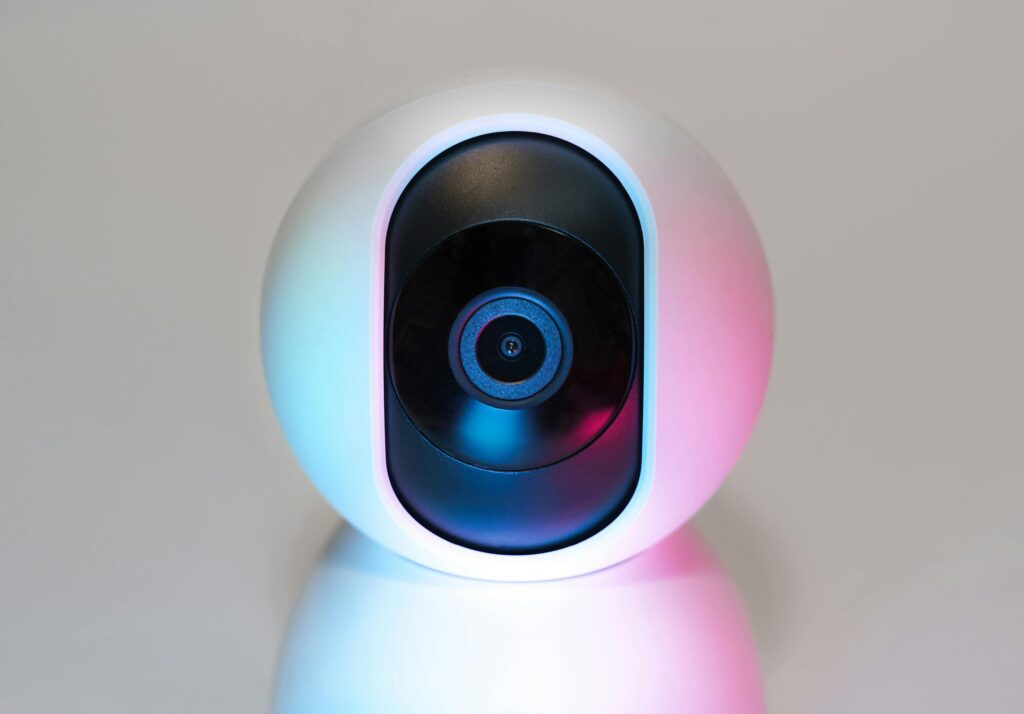
The Ultimate Guide to Video Security Cameras covers types, features, installation tips, and expert advice to help you choose the best system for your safety needs.
Types of Video Security Cameras
Wired vs Wireless Cameras
The first big decision you’ll need to make when shopping for a security camera is whether you want a wired or wireless system. Both options come with pros and cons, and the right choice largely depends on your setup, budget, and technical know-how.
Wired cameras are connected by coaxial or Ethernet wires, providing a more solid and reliable connection. They are most appropriate for large properties or businesses that require continual, uninterrupted monitoring. On the negative side, wired systems are more difficult to install and may necessitate expert assistance, particularly if you need to drill holes or hide connections.
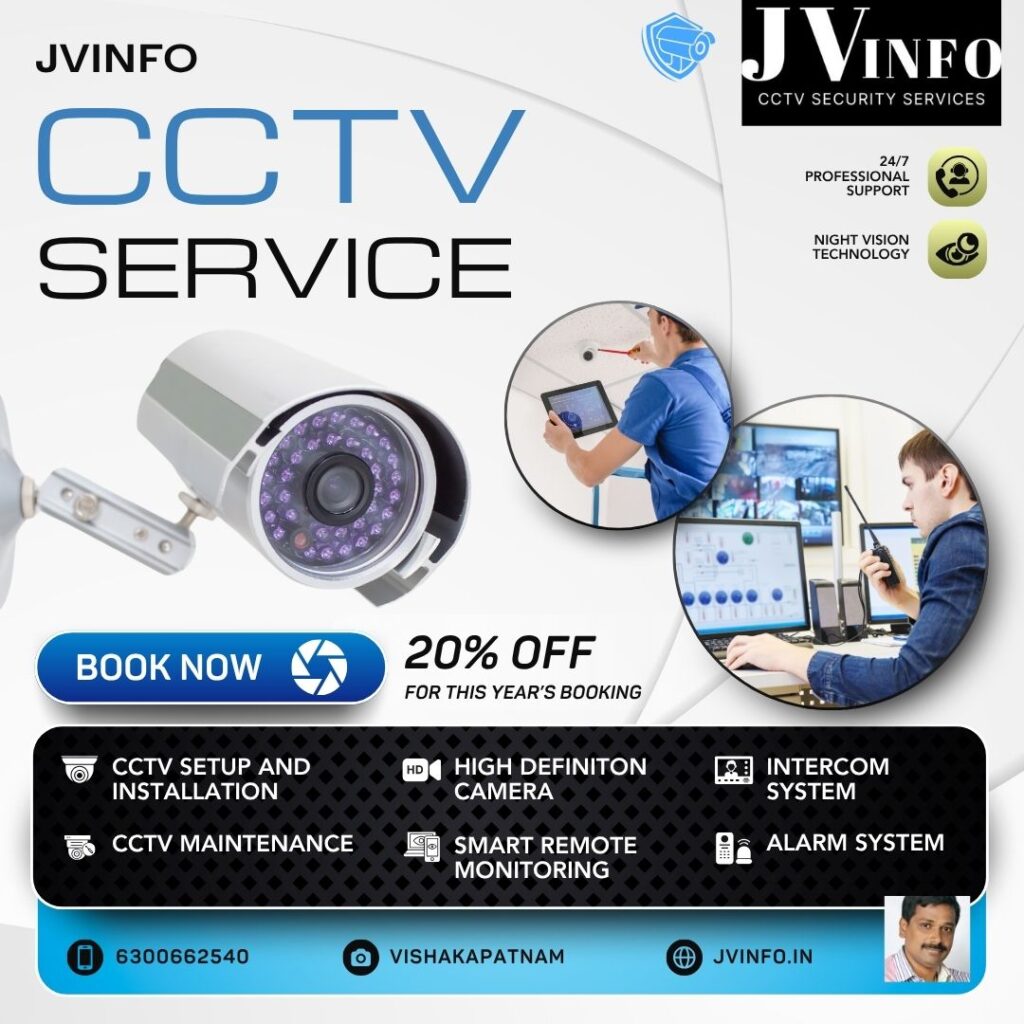
Wireless Cameras: These cameras transmit footage through Wi-Fi or cellular networks. They’re easier to install, often more affordable upfront, and perfect for renters or those looking to avoid complex wiring. However, they do depend on a stable internet connection and are sometimes prone to interference or signal loss.
In summary, if you’re tech-savvy and want a simple setup, go wireless. If you need reliability and plan to install multiple cameras for high-security zones, wired might be your best bet.
Indoor vs Outdoor Cameras
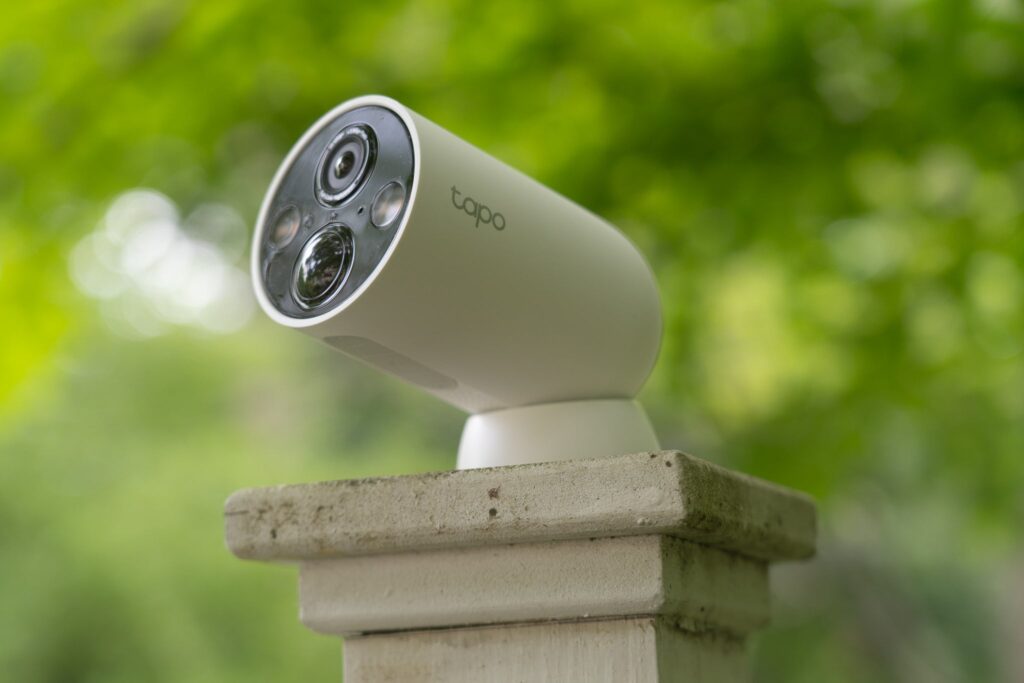
Location plays a massive role in the kind of camera you should buy. Indoor and outdoor cameras are built differently to handle various environmental challenges.
Indoor Cameras: These are typically smaller, more discreet, and designed to blend with your interior decor. They are perfect for monitoring pets, kids, or the general goings-on in your home. However, they aren’t weather-resistant, so installing them outside is a no-go.
Outdoor Cameras: Rugged and weatherproof, outdoor cameras are built to withstand rain, wind, dust, and extreme temperatures. They often come with advanced night vision, motion detection, and wide-angle lenses to cover more ground.
Some modern cameras can serve dual purposes, but it’s always better to pick a camera based on the primary location it will be used in.
IP Cameras vs Analog Cameras
This debate boils down to old vs new technology.
Analog Cameras: These are the traditional CCTV systems most people are familiar with. They’re connected to a DVR (Digital Video Recorder), typically offer lower resolution, and are more budget-friendly.
IP (Internet Protocol) Cameras: These are the future. They connect directly to a network, deliver superior image quality (HD or even 4K), and allow remote viewing via smartphones or web apps. They’re more expensive but come packed with advanced features like motion detection, zoom, and cloud storage options.
If you’re setting up a new system, IP cameras are hands-down the smarter choice for long-term performance and scalability.
Resolution and Video Quality
When it comes to resolution, clarity matters—a lot. Most modern security cameras offer HD (720p), Full HD (1080p), 2K (1440p), and even 4K Ultra HD. Higher resolution helps you clearly identify faces, license plates, and small details that might otherwise be missed. But more pixels also means bigger file sizes, more storage, and higher bandwidth needs.
- 1080p is a great balance for most homes—clear enough for everyday identification.
- 2K+ / 4K is worth it for business premises, perimeter security, or if you want zoom-and-enhance capability.
Also, check codecs like H.265, which offer better compression so your system doesn’t hog bandwidth or storage.
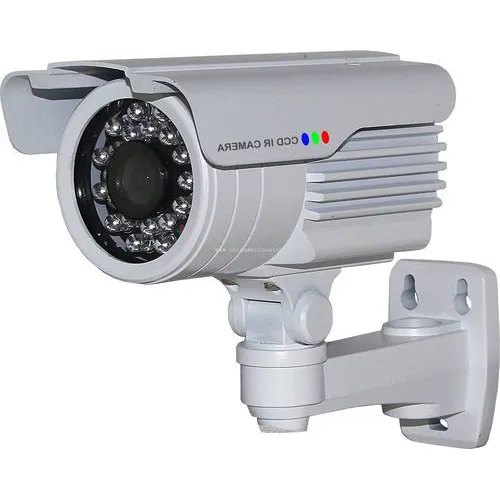
Night Vision Capabilities
Crime doesn’t stick to daylight hours, and neither should your cameras. Good night vision is crucial. There are two main types:
The Ultimate Guide to Video Security Cameras
- Infrared (IR) Black-and-white, useful up to 30–40 feet, and affordable.
- Color Night Vision / Starlight CMOS Sensors Provide color images in low light—great for identifying clothing color or vehicle paint.
True starlight-rated cameras deliver usable colour images in near-dark conditions, though they tend to cost more. Pay attention to advertised ranges; actual performance depends on placement and ambient lighting.
Motion Detection and Alerts
Smart alerts can save storage space and reduce noise by only recording when action occurs. Many cameras now use AI-based detection to differentiate people, vehicles, and pets—minimizing false alarms from swaying trees or passing bugs.
Look for options such as:
- Person/Vehicle-only alerts
- Custom activity zones (e.g., driveway only)
- Push notifications or email alerts that you can configure.
Some systems also have audio alerts or can trigger lights or sirens when unusual motion is detected.
Cloud vs Local Storage
Selecting between local SD storage, NVR/DVR recording, or cloud-based backup is important:
- SD Card (Local): Cheapest but vulnerable to theft or tampering.
- NVR/DVR Systems: Offer centralized, multi-camera continuous recording—more secure but need physical hardware.
- Cloud Storage: Accessible anywhere, safe in case of on-site damage—but often comes with monthly fees and requires stable internet.
Some solutions offer hybrid options—basic local storage + optional cloud backup for critical events, giving you redundancy and remote access.
Choosing the Right Video Security Camera
Residential Needs
For homeowners, balance is key:
- Front door coverage: A 2K wired or wireless outdoor camera with package-detection is ideal.
- Indoor monitoring: Compact PTZ (pan-tilt-zoom) Wi‑Fi cameras can track pets or kids and alert you when they wander.
- Garage/backyard: Go for weatherproof cameras with reliable night vision and smart alerts.
Budget-wise, a combo of 2–4 cameras costing ₹10,000–₹25,000 (INR) for a small house setup is common in India. - Installation Tips and Best Practices
- DIY Installation vs Professional Setup
- DIY is great if you’re tech-savvy:
- Choose Wi‑Fi setups, mount with included templates.
- Use power-over-Ethernet (PoE) for simple cabling.
- Ensure your router and Wi-Fi network are reliable.
- Professionals handle:
- Complex wiring (e.g., underground, across buildings)
- System architecture (power, NVR, surge protection)
- Optimal camera placement and hide cables for aesthetics & vandal resistance
- Common Mistakes to Avoid
- Facing cameras toward bright light (e.g., sun or streetlights) causing glare.
- Guessing instead of measuring—use ladder or tape to test coverage zones.
- Installing all cameras at same height—mix low (for license plates) and high (for wide coverage).
- Ignoring power/internet backup—protects against outages.
- Skipping firmware updates— exposes your system to security vulnerabilities.
